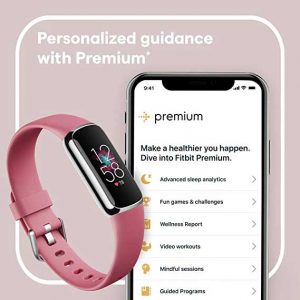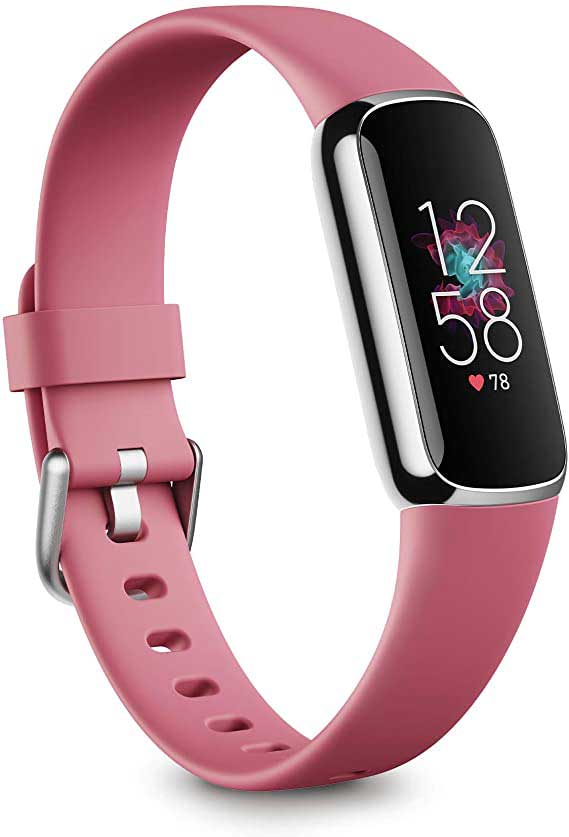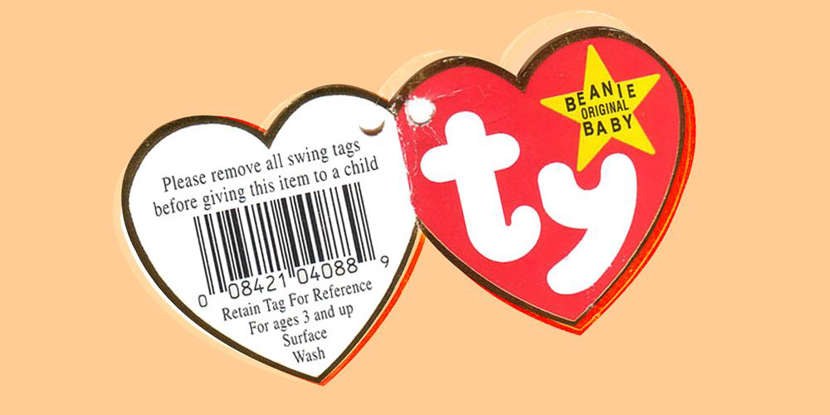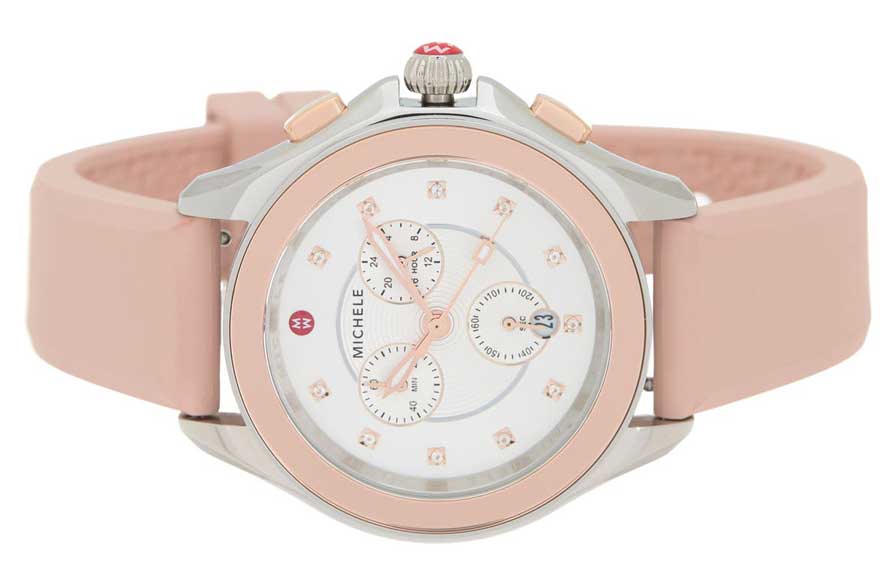The Fitbit Luxe is slim and fashionable, and packs in the tech needed to collect oodles of data on your health and wellness—including just how stressed out you might be.
The Luxe is Fitbit’s first tracker to feature the stress-tracking capabilities introduced last summer on the brand’s Sense smartwatch. And, like the Sense, the Luxe will soon have a feature that can monitor your blood-oxygen levels.
On paper at least, the Fitbit Luxe takes fitness tracker functionality to a new level. And, our experts say, the Luxe also does exceptionally well when it comes to the usual fitness tracker tasks of step counting and heart-rate tracking.
You Save: $50.00 (33%) amazon
Over the course of five days, I wore it 24/7, tracking my daily workouts, sleep patterns, and, yes, stress management. As a mom of two who’s been working from home since the pandemic started, I was pretty curious about that last one.
What I found was that while the Luxe did provide me with some helpful insights into my health and wellness, plus the fitness-tracking features many people have come to expect from Fitbit, the tracker is not for everyone.
The functionality still falls well short of your average smartwatch, and the sleek design and tiny display make it tough to take advantage of the information the device does provide.
But the fact is the Luxe is not a smartwatch. And when you compare it with other fitness trackers on the market, it’s actually one of the better options out there. In Consumer Reports’ testing it scored very high when it comes to areas like step-count accuracy and overall ease of use, landing it among the top tracker models in our ratings (available to CR members).
The Luxe starts at $150 and is available through Fitbit’s website and major retailers. Here’s a closer look at what we learned about the device.
Managing Your Stress
The robust Fitbit app is what has set the company apart from the competition for years now. It holds a heck of a lot of data, probably more than most people know what to do with.
It monitors your daily step count, calorie burn, real-time heart rate, and average resting heart rate. Dig a little deeper and you find statistics from your latest workout, your sleep score, and now a stress management score.
Sensors track your heart rate, breathing, and other health metrics. The app then factors in your sleep patterns over time and whether you’re getting too little or too much physical activity. It even lets you log daily “reflections,” noting whether you feel “calm” or “very stressed.”
All that data gets analyzed in a way that tells you how your body responds to stress, the company says, resulting in a score between 0 and 100. Consumers who subscribe to the Fitbit Premium service ($10 per month or $80 per year) also get a trio of subscores, entitled Responsiveness, Exertion Balance, and Sleep Patterns, that can help identify things you need to work on.

It takes a few days of wearing the tracker to get your first stress management score. Over several days of use, I averaged an 84, which I guess is pretty decent. It’s hard to tell without more use. I work from home and exercise every day, and assuming I don’t cave to the temptation of a late-night Netflix binge or an overtime NHL playoff game, I get plenty of sleep.
Even better, both of my kids went back to full-time, in-person school earlier this year, making life a lot easier for the entire family. I hate to think what my stress management scores would have been like during those long months of remote learning.
The three subscores supplied by Fitbit Premium were all relatively similar, so I couldn’t really figure out my weak points. If I wanted to, though, I could use the service’s Quick Stress Resets—recommended workouts, mindfulness sessions, and sleep tools—to help boost those numbers.
Classy Look, but Tiny Text
I found the Luxe light and comfortable to wear. It comes with two soft, easy-to-adjust silicone bands (one small, one large) available in white, black, or pink.
For those who want to accessorize, there’s a variety of leather and metal bands sold separately. For $200, you can get a special edition Luxe with a silicone band and a gold stainless steel link bracelet band.
The black version of the Luxe features a more muted graphite finish encircling the display. The white and pink models feature shiny and sharp-looking gold and platinum finishes, respectively.
The color display—the first on a Fitbit tracker—is bright and colorful but very small. It has a buttonless design, so expect a bit of a learning curve. Once you get the handle on how to swipe to get to the correct screen, though, it’s easy to use.
Compared with the screen on your average smartwatch, this one feels downright tiny. The trade-off is that everything you view on the display is, well, pretty tiny, too.
Though checking the time or your main daily stats, represented with larger graphics, is easy enough, text messages or the pop-ups from Fitbit’s own app can be tough, especially if you’re in the middle of a workout.
If you wear reading glasses, forget about it. And even if you have perfect vision, the Luxe’s small display requires you to do a lot of scrolling to read a routine text message. So, it’s not a big surprise that one of the few areas where the Luxe fell a tiny bit short of some of the competition was in CR’s “Ease of Interaction” testing, which looks at how simple it is to use the device to do things like access messages or fitness-related data.
For me, reading the Luxe’s display was mostly doable when I was sitting at my computer inside my apartment. But when I was gearing up to track my run one recent morning, the tiny text was a lot harder to make out in the bright sunlight. And when my Luxe vibrated midway through my run, I couldn’t make out the notification without stopping.
Fitbit says there’s a new feature coming soon that will let you increase the size of the text on the Luxe’s display, which might fix some of these problems.
And it’s worth mentioning, that it wasn’t that long ago that many fitness trackers didn’t have displays at all. And when they did, they were just little monochromatic windows that showed you the date, time, and maybe your step count. You had to go to the device’s app to get everything else. So fancy color display aside, maybe that’s the best way to use the Luxe, too.
So Who Is the Fitbit Luxe For?
The Luxe could be a great buy for some people. Like most trackers, it’s not aimed at diehard athletes. Even if you’re just looking to stay in shape, you’re probably better off buying a lower-priced smartwatch that will allow you to use your favorite third-party fitness apps.
And it’s not for most people who need a wearable for productivity purposes. While it will let you know when you have an incoming call, a text, or a calendar notification, the Luxe’s tiny display and wee text make reading those messages aggravating even for those with the best vision.
But the Luxe could be a great pick for someone looking for a stylish, lightweight device that will count their steps or track the occasional run or swim. In particular, it’s good for someone who doesn’t constantly check their fitness stats but wants to make sure that they hit their 10,000 steps each day and don’t sit at their desk too long.
And if you’re into wellness features like sleep and stress tracking, Fitbit still offers tools and data insights that other device makers don’t. It also puts an emphasis on “mindfulness,” encouraging users to take time out for things like meditation and guided breathing.
Fitbit Premium, in particular, includes audio and video sessions featuring Deepak Chopra that are designed to help users incorporate mindfulness into their daily lives.




